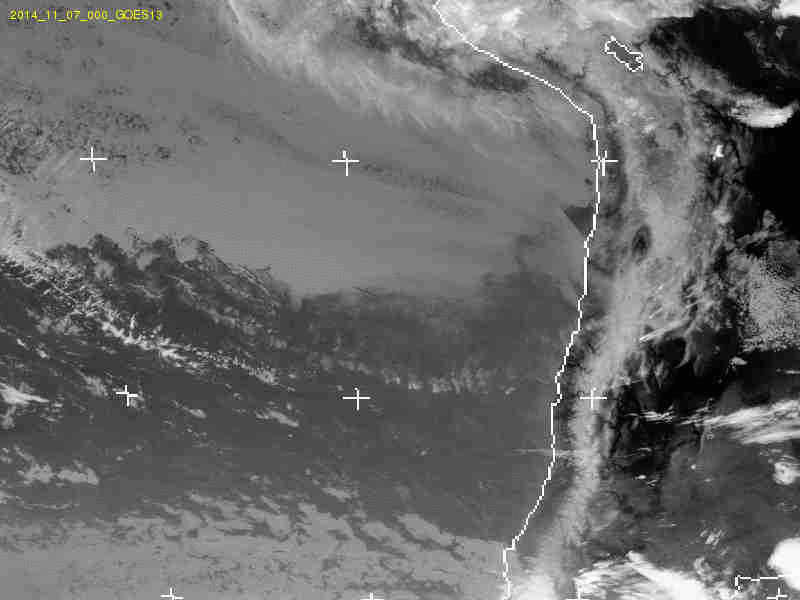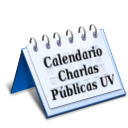At the beginning of the 60´s, different independent groups of theoretical physicists arrived to the same conclusions: all coincided on the characteristics that a new type of object should have, if its low mass was sufficiently low and possessing a temperature that would not allow it to fuse hydrogen in its nucleus in a stable way. Nevertheless it was only around 1995 that these type of objects were confirmed observationally (three groups working independently at the same time) and that these theoretically predicted objects did really exist around us. Since then, the availability of instruments that observe in the near, far and mid range infrared (more adequate for observing sub stellar objects) has enabled a veritable explosion of detections of them, usually with temperatures so low as to resemble those of planets. So, fundamental questions like "which are the physical processes that dominate the formation of these objects, or what are the main atmospheric characteristics of the colder sub stellar objects? await yet a definitive answer. In the Instituto de Física y Astronomía we work on giving an observational answer to these and other questions related to brown dwarfs and isolated objects with planetary mass.
The investigators in this area cover:
Subestellar Objects around Evolved Stars
Investigators:
Professors: Matthias Schreiber - Radostin Kurtev - Nikolaus Vogt - Maja Vuckovic - Amelia Bayo





